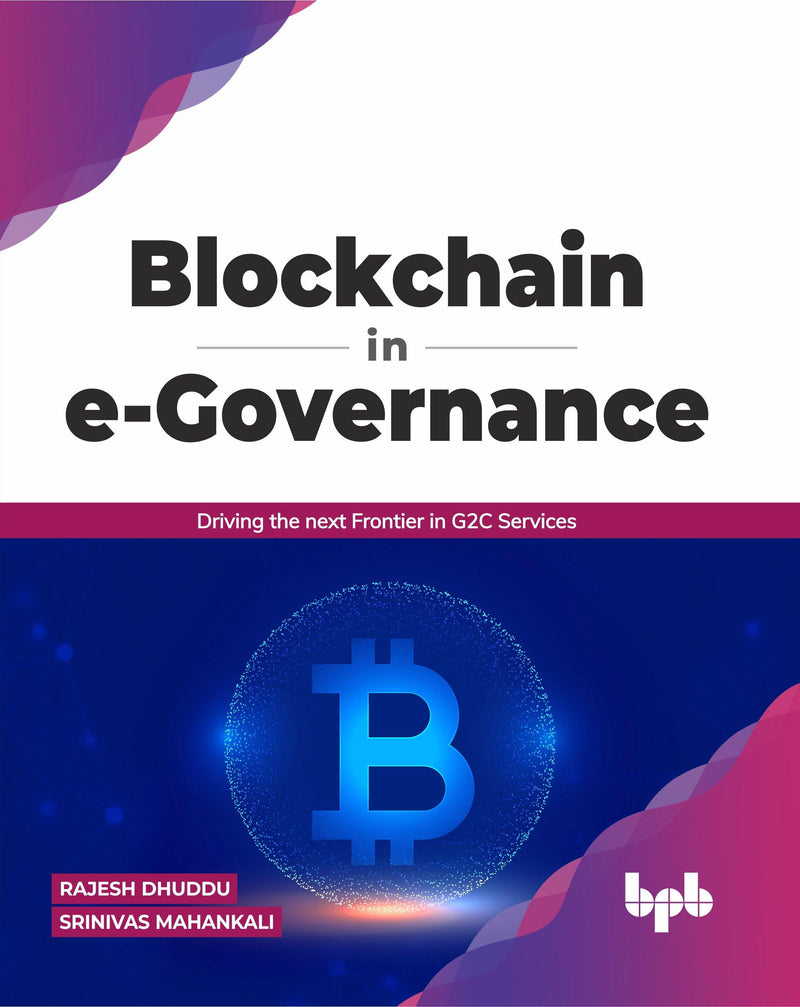Navigating Blockchain: The Crucial Role of Governance Blockchain governance is a fundamental aspect that influences the development, security, and sustainability…
Read More

Navigating Blockchain: The Crucial Role of Governance Blockchain governance is a fundamental aspect that influences the development, security, and sustainability…
Read More
Empowering Self-Amending Blockchain: Exploring Tezos (XTZ) In the dynamic realm of blockchain technology, Tezos (XTZ) has positioned itself as a…
Read More